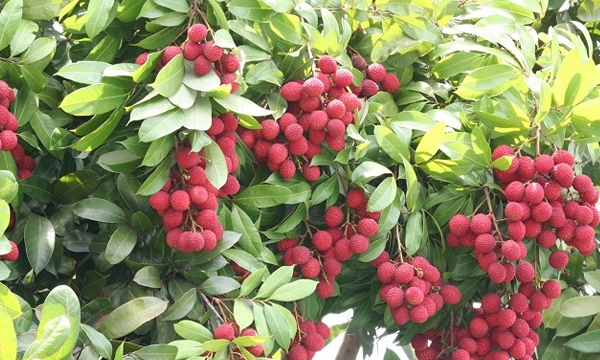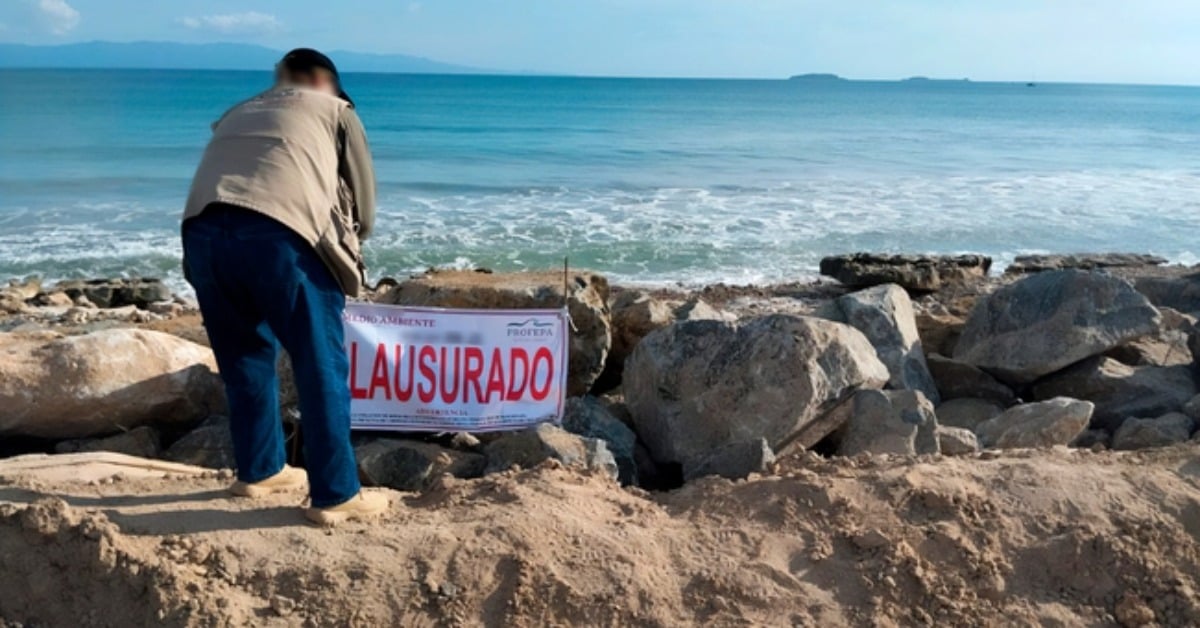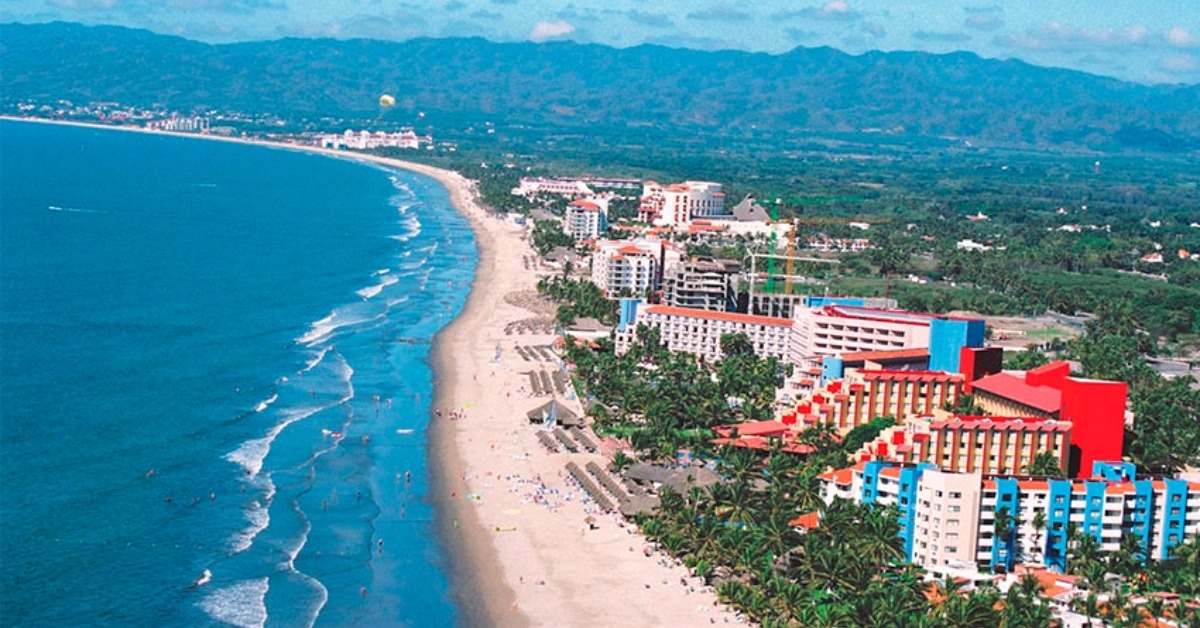Fruit is one of the wonderful gifts that Mother Nature gives us every day. It’s delicious, healthy and helps keep us in shape. Many are common and are part of our daily diet, but others are fairly unknown, with strange names from far away lands, which is why they’re called Exotic Fruit.
You may have seen them or even tasted them, been surprised by their appearance, their bright colors and unique flavor. Moreover, some of them have medicinal properties, which makes them even more attractive.
Did you know the state of Nayarit, with its tourism corridor of the . . .






